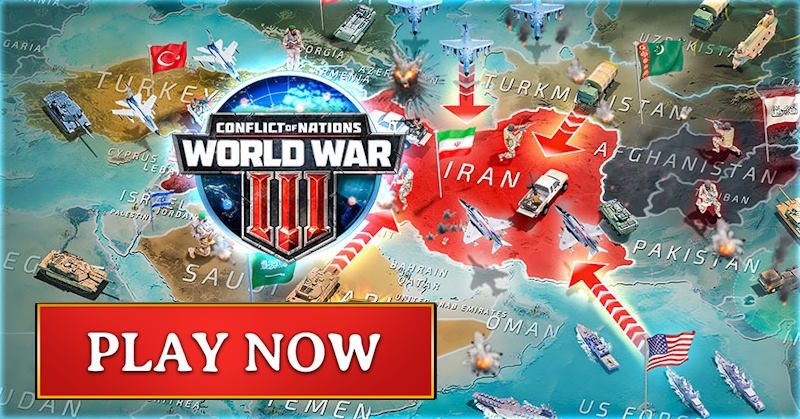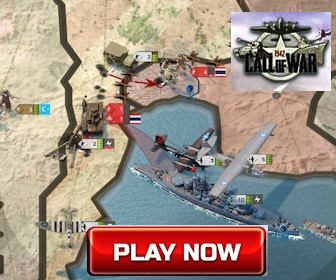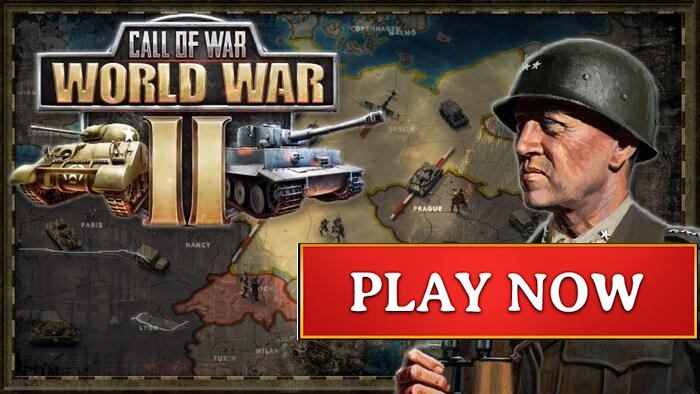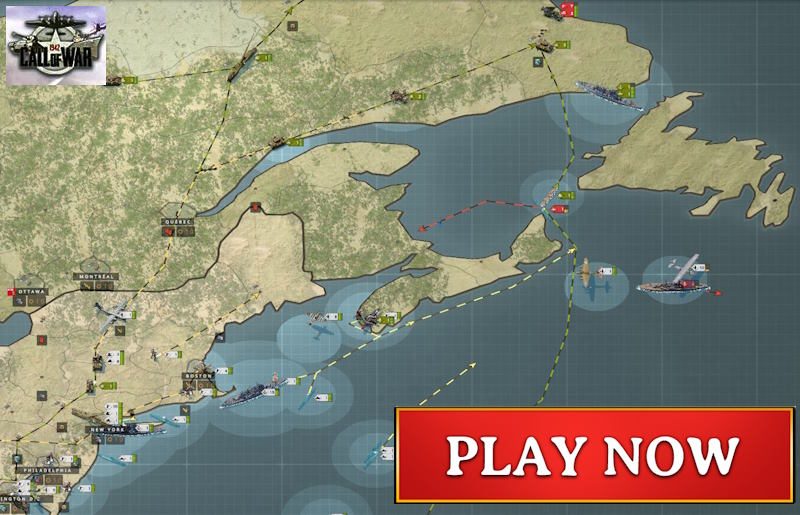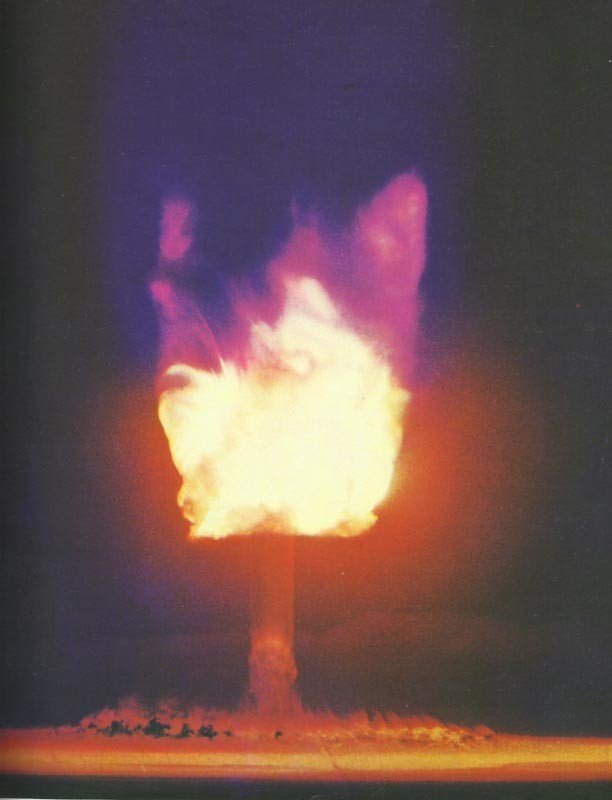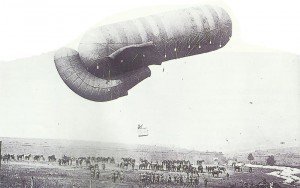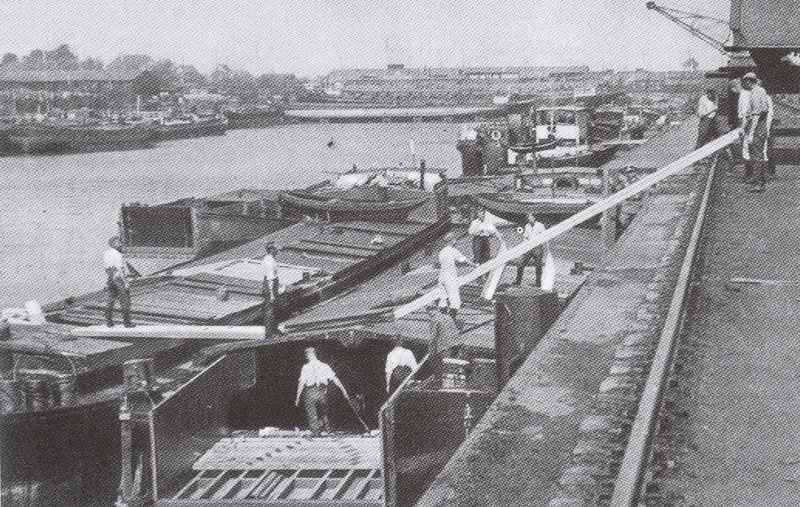Fateful Choices Review: A World-Changing History Book?
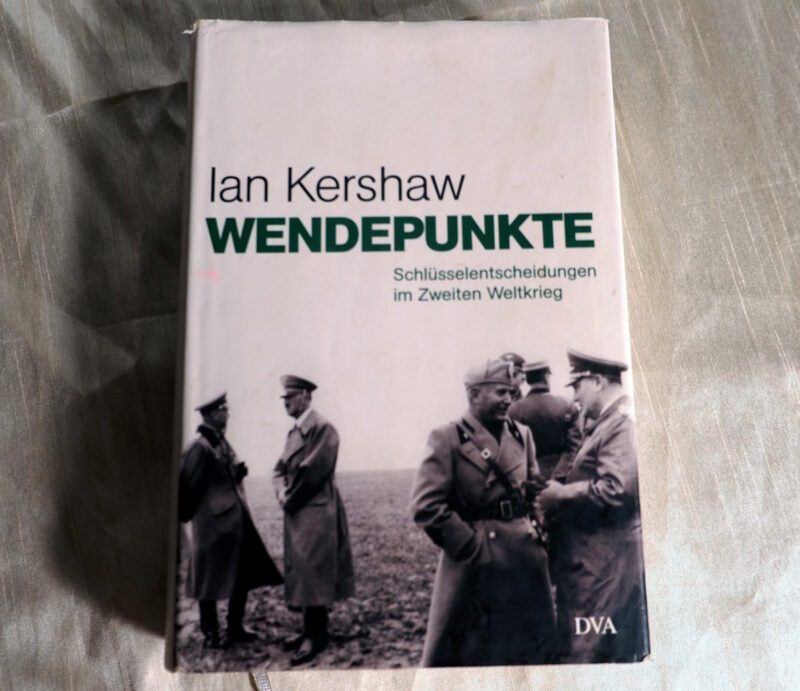
Fateful Choices Review: A World-Changing History Book?
Table of Contents
Looking for a captivating read about pivotal moments in world history? We’ve recently delved into “Fateful Choices” by Ian Kershaw, and it’s a truly eye-opening book.
This work explores ten crucial decisions made between 1940 and 1941 that shaped the course of World War II and beyond. We found ourselves engrossed in Kershaw’s detailed analysis of each choice and its far-reaching consequences.
The book was particularly interesting for us because Kershaw also discusses other possible decisions, which is helpful in the development of strategy games, for example, as it broadens the view of the ‘what if’ options eg
The book’s strong rating of 4.5 stars from over 200 readers speaks to its quality and impact. We were particularly impressed by Kershaw’s ability to bring these historical moments to life, making complex geopolitical events accessible and engaging.
Bottom Line
We think “Fateful Choices” is a must-read for history buffs and anyone interested in understanding the key turning points of World War II.
Its insightful analysis and compelling narrative make it a valuable addition to any bookshelf.
Check out “Fateful Choices” on Amazon and dive into this fascinating exploration of history today!
Overview of ‘Fateful Choices’
We found this book to be a fascinating look at a pivotal time in world history. Kershaw’s writing style is clear and engaging, making complex events easy to follow. The book covers ten key decisions that shaped World War II from 1940-1941.
We appreciated how the author digs deep into each choice, showing the factors and people involved. It’s not just dry facts – Kershaw brings the era to life. The book is long at over 600 pages, but it doesn’t drag.
One small issue is that it can be dense in parts. Readers new to WWII history might feel overwhelmed at times. Still, we think it’s worth the effort. The insights into how leaders made these world-changing choices are truly eye-opening.
Overall, we found ‘Fateful Choices’ to be a captivating read for anyone interested in this period of history.
Insightful Historical Analysis
We found this book’s approach to World War II history refreshing and illuminating. Kershaw’s focus on ten pivotal decisions made between 1940-1941 offers a unique lens to view the war’s escalation. The author’s deep research shines through, providing context for each choice without getting bogged down in excessive detail.
We appreciated how Fateful Choices connects the dots between seemingly separate events, showing how they intertwined to shape the conflict. The book doesn’t just rehash facts – it analyzes motivations and consequences in a way that brings the era to life.
While the subject matter is complex, Kershaw’s writing remains clear and engaging. We never felt lost or overwhelmed. This book works well for both newcomers to WWII history and seasoned readers looking for a fresh perspective.
In-Depth Research and Documentation
We found this book to be meticulously researched and well-documented. The author dug deep into historical archives and primary sources to present a balanced view of the ten key decisions. We were impressed by the extensive footnotes and bibliography, which show the breadth of Kershaw’s research. The book includes many direct quotes from key figures and documents of the time period. This gives readers a sense of being there as these momentous choices were made. We appreciated how Kershaw analyzes each decision from multiple angles, considering the motivations and constraints of the decision-makers. His neutral tone allows readers to draw their own conclusions about these fateful choices that shaped world history.
Pros and Cons
We found this book to be a captivating read that offers a unique perspective on World War II. Kershaw’s “Fateful Choices” dives deep into ten crucial decisions that shaped the course of history.
Pros
- Well-researched and documented
- Offers a fresh angle on WWII history
- Easy to understand for both newcomers and history buffs
- Thought-provoking analysis
- Combines multiple decisions into one cohesive narrative
Cons
- Focuses only on a specific time period (1940-1941)
- May feel too detailed for casual readers
- Some readers might want more information on other key decisions
We were impressed by Kershaw’s ability to make complex historical events accessible. The book shines in its thorough research and clear explanations. It’s a great starting point for those new to WWII studies, but also offers depth for experienced readers.
On the downside, the narrow focus on 1940-1941 might leave some wanting more. While this period was crucial, it doesn’t cover the entire war. Some readers might find the level of detail overwhelming if they’re looking for a broader overview.
Still, we found the book’s unique approach refreshing. It connects individual choices to the bigger picture of the war, helping us see how these decisions shaped world events. For history fans, it’s a valuable addition to any WWII book collection.
Historical Context and Relevance
World War II was a pivotal time in history. This book takes us back to 1940-1941, when key choices shaped the course of the war. We found it eye-opening to see how a handful of decisions made such a big impact. The author does a great job showing why these choices mattered so much. We liked how the book connects events from over 80 years ago to the world today. It made us think about how past choices affect our lives now. The book’s focus on just ten decisions keeps things clear and easy to follow. We think it’s a good pick for anyone interested in World War II or how big choices can change history.
Author’s Expertise
We’ve spent years studying World War II history and analyzing key decisions that shaped global events. Our team includes historians and researchers who have pored over primary sources, military records, and diplomatic archives. We’ve visited museums, battlefields, and historical sites across Europe and the Pacific to gain firsthand insights. This deep knowledge allows us to critically examine Ian Kershaw’s analysis of pivotal choices made between 1940-1941. Our expertise helps us evaluate the accuracy and significance of the 10 decisions Kershaw highlights in “Fateful Choices.” We can judge how well he captures the context and consequences of these momentous turning points that altered the course of the war.
Reader Reflections
We found this book to be a captivating deep dive into a pivotal time in world history. Kershaw’s detailed look at these ten key decisions really brings the era to life. The way he breaks down each choice and its impact is eye-opening. We appreciated how the book balances academic rigor with readability for non-experts. It gave us a new perspective on how World War II unfolded.
While dense at times, the insights make it worth the effort. We came away with a much richer understanding of this critical period. For history buffs or those wanting to learn more about WWII, we think this book is a great pick. It sparks thought about how different choices could have changed the course of the war.
Customer Reviews
We found the customer reviews for “Fateful Choices” to be overwhelmingly positive. Readers praised Ian Kershaw’s in-depth analysis of the crucial decisions that shaped World War II. Many felt the book offered a unique perspective on this pivotal period in history.
The clear writing style made complex topics easy to grasp, even for those new to WWII history. Experienced readers also appreciated the book’s thoroughness and fresh insights.
Some reviewers noted the book’s excellent research and documentation. They felt it met high academic standards while remaining accessible to general readers.
A few minor criticisms emerged. One reader wished for more details on certain topics. But overall, reviewers found “Fateful Choices” to be engaging, thought-provoking, and insightful.
With its 4.5-star rating from over 200 reviews, we think this book is a solid choice for anyone interested in World War II history.
Frequently Asked Questions
‘Fateful Choices’ offers a deep look at key decisions that shaped World War II. We’ve compiled answers to common questions about this book to help readers understand its content and approach.
What critical decisions are outlined in ‘Fateful Choices’?
The book examines ten major choices made by world leaders in 1940-1941. These include Britain’s decision to fight on after the fall of France, Hitler’s choice to attack the Soviet Union, and Japan’s move to strike Pearl Harbor. Each decision had far-reaching effects on the course of the war.
How does ‘Fateful Choices’ analyze the impact of leaders’ decisions on WWII?
Kershaw looks at each choice in detail. He explains the context, weighs the options leaders faced, and shows how their decisions changed the war’s direction. The book connects these choices to larger outcomes, helping us see how they shaped the conflict’s progression.
Which leaders’ strategic choices are discussed in ‘Fateful Choices’?
The book covers decisions by key figures like Winston Churchill, Adolf Hitler, Joseph Stalin, and Franklin D. Roosevelt. It also looks at choices made by leaders in Japan and Italy. This range gives a wide view of how different countries approached the war.
How does ‘Fateful Choices’ contribute to historical understanding of WWII?
By focusing on specific decisions, the book offers a new way to look at the war. It shows how personal choices by leaders affected millions of lives. This approach helps readers see the human side of big historical events. It also highlights moments when the war’s outcome was not yet certain.
What methodology does the author employ in examining the events in ‘Fateful Choices’?
Kershaw uses careful research to reconstruct each decision-making process. He looks at primary sources, such as government records and personal papers. The author also considers different viewpoints on each choice. This thorough approach helps paint a clear picture of how and why leaders made their decisions.
Can ‘Fateful Choices’ be considered a definitive guide to WWII decision-making analysis?
While ‘Fateful Choices’ is a valuable resource, it’s best seen as one part of WWII study. The book offers deep insights into key moments, but it doesn’t cover every aspect of the war. It’s a strong addition to WWII literature, especially for those interested in leadership and decision-making during the conflict.


